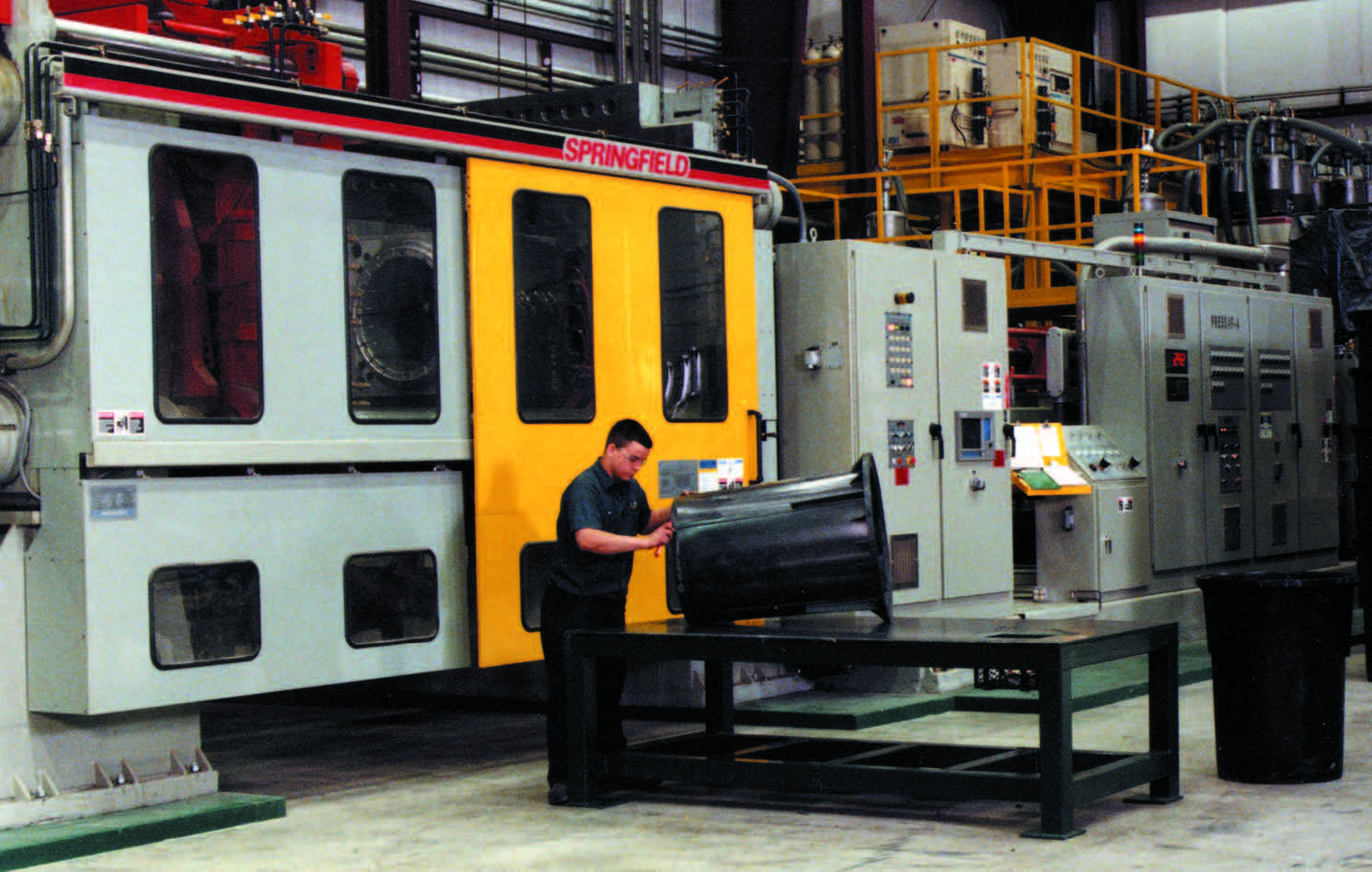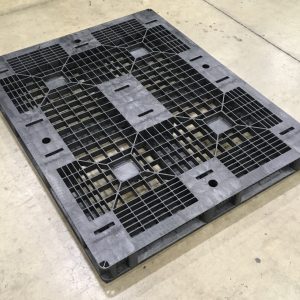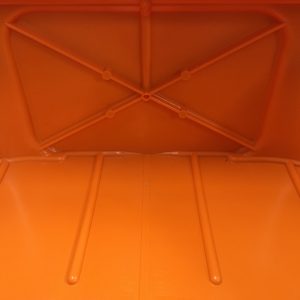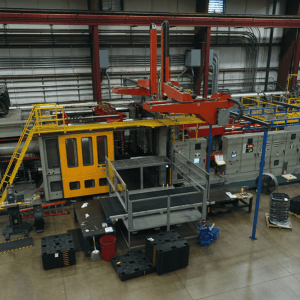What are the advantages of the structural foam process?
There are many advantages of the structural foam process which combine to provide an economical advantage over other
processes, and allow production of parts which can’t be matched by any other process. Following is a list of many of the
advantages of the Structural-foam process:
• Low cost tooling with the same molded-in detail and features possible in standard injection molding.
• Multiple parts and multiple tooling can be run on a single machine.
• Two different materials and or two different colors can be run at the same time.
• Product can easily be gated at multiple points on the part, which can be strategically positioned to optimize filling, and
processing.
• The process utilizes low-pressure to mold the parts which results in low stress and warpage in the parts.
• The low pressure part of the process allows molding of large parts with low machine tonnage.
• The process allows a wide range of design flexibility.
• Superior part and process repeatability are possible with the process.
• High strength-to-weight ratio.
• Reduced part weight while maintaining high stiffness-to-weight ratio.
• Can mold medium wall thickness through very thick wall sections with minimal sink marks.
• Reduced weight of 10 to 20% over solid plastic part.
• Total shot weight of up to 200 pounds
Previous
Next




